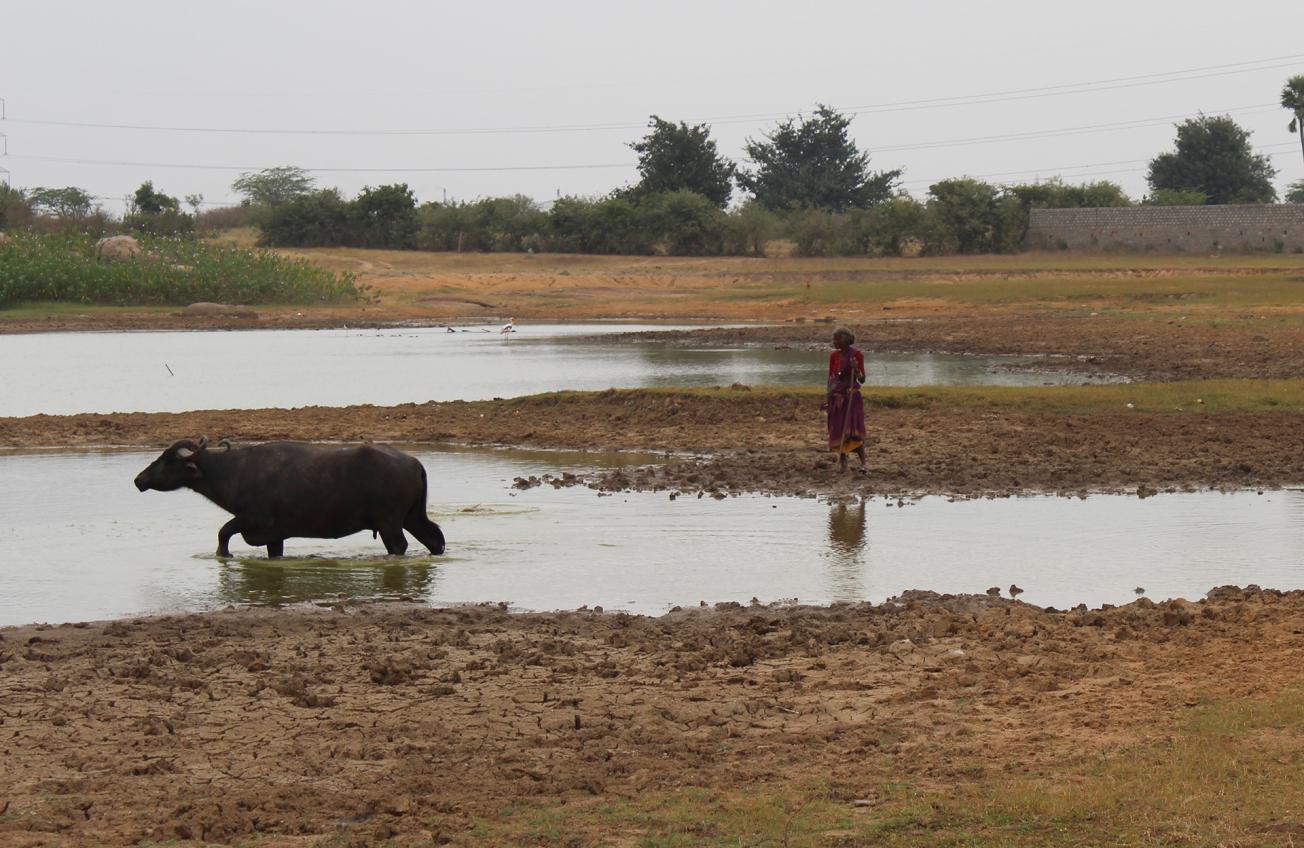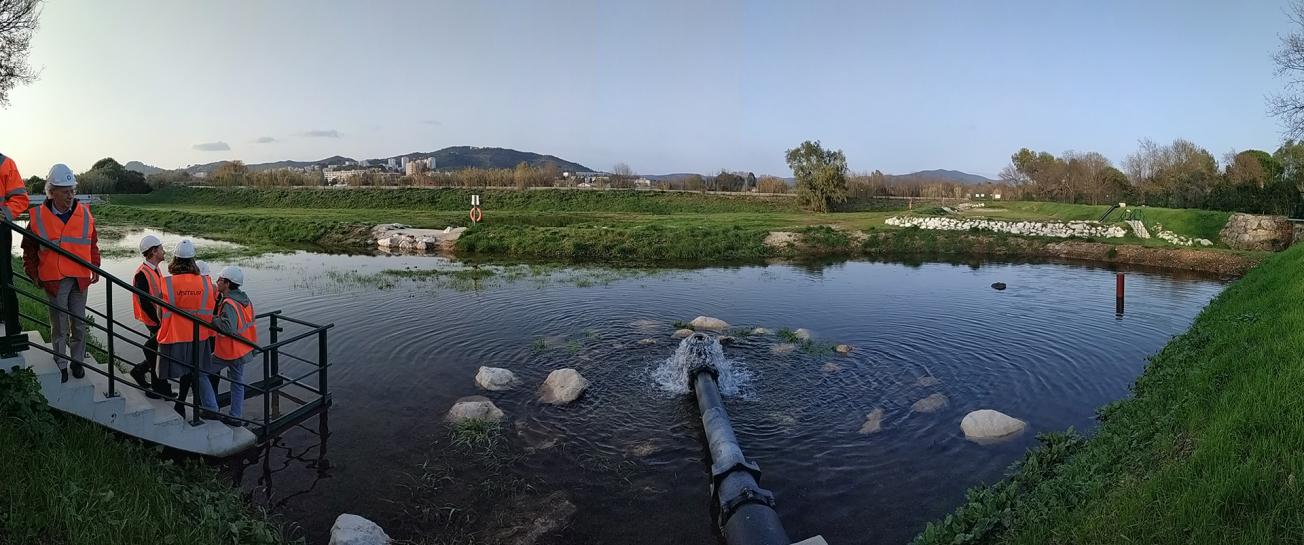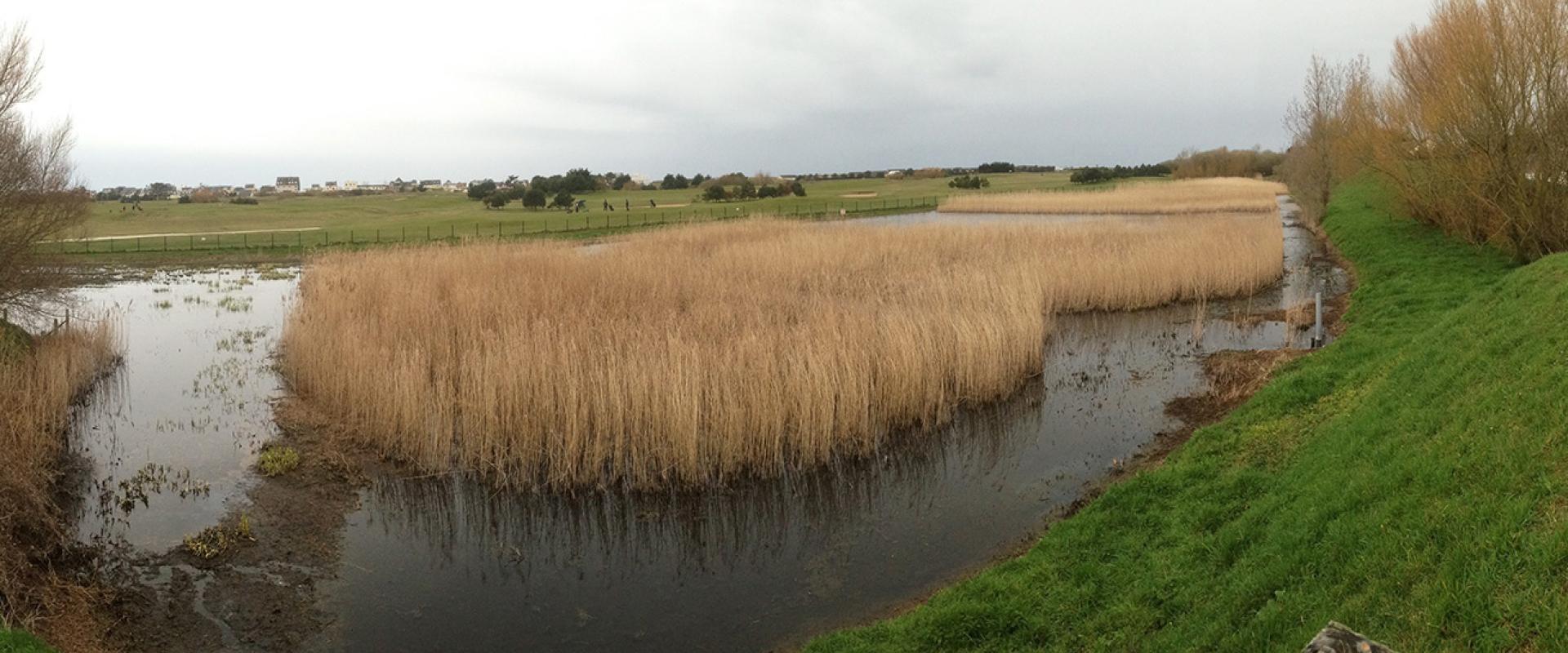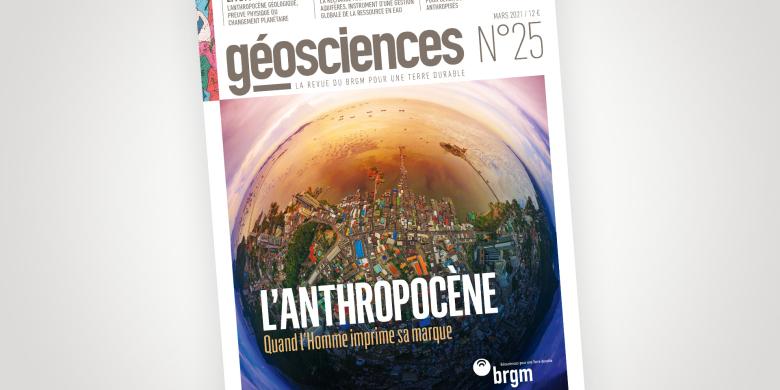
“Tumulur” infiltration tank in the Maeshwaram basin (Andhra Pradesh, India).
© BRGM - Wolfram Kloppmann
Extract from an article published in issue 25 of the BRGM journal Géosciences: “The Anthropocene, the footprint of Humankind”.
In France, we all know that groundwater is increasingly being used for the supply of drinking water, as well as for agriculture, industry and recreation, leaving several départements in a critical situation in the summer and forcing many Préfets to resort to water use restrictions. Are we going to run out of water in the near future?
Painful experiences around the world show how quickly rural areas and large capital cities can come close to depleting their water resources. However, there are options for maintaining the delicate balance between our growing needs and a variable natural supply. “Integrated water resource management” aims to maintain groundwater levels and river flows while also combating flooding and salinisation in coastal areas.
Options for water resource management
Most of these options are already in use in France and around the world. These must be incorporated into cohesive strategies for groundwater management, which include:
- characterising, monitoring and predicting changes in water resources and needs using reliable models;
- promoting reduced water consumption by prioritising activities that use less water;
- reducing pressure on water quality by reducing the amount of persistent and mobile chemicals in the environment;
- further improving the treatment of wastewater before it is discharged into the environment or reused;
- using and reusing non-conventional water sources, such as wastewater, brackish water and urban rainwater, after appropriate treatment;
- improving water retention in French regions by reducing run-off rates and storing water in natural environments.

“Aquarenova”, developed by Suez in Hyères (83): a recharge system of the Gapeau coastal aquifer using river water.
© Géraldine Picot-Colbeaux
Managed aquifer recharge for improving groundwater quality
Aquifers have considerable storage capacity. The concept of managed aquifer recharge, which was developed decades ago in arid countries, is based on the temporary storage of excess water from various sources in aquifers for later use.
These aquifer recharge systems are also very valuable for improving groundwater quality. They can slow down or prevent saltwater intrusion or take advantage of natural purification processes in the soil, riverbanks and the aquifer itself.
Managed aquifer recharge is thus an innovative and valuable tool for improving the resilience of French regions to climate change.
Géosciences journal No.25: the Anthropocene, the footprint of Humankind
The term “Anthropocene” was coined by climatologist Paul Crutzen at the beginning of the 2000s. It means that, for the first time since the birth of humanity, humankind has left such a strong impact on the planet that it could be considered as a geological force in and of itself, thus potentially forming a new geological era.
This edition of BRGM's Géosciences journal starts with the geological controversy as to whether the anthropocene era can be considered to be a new geological epoch, in an article by Colin Waters, a member of the stratigraphy committee. He then discusses humankind’s major impacts on the planet and how to correct them.
The issue also includes the interviews of François Gemenne, author of the Anthropocene atlas, and Jean Daniel Rinaudo, a sociologist-economist, specialising in water resources. A portfolio on the works on the Orleans grit chamber and a field notebook on soil depollution techniques recorded at the Prime experimental pilot facility, complete the edition.








